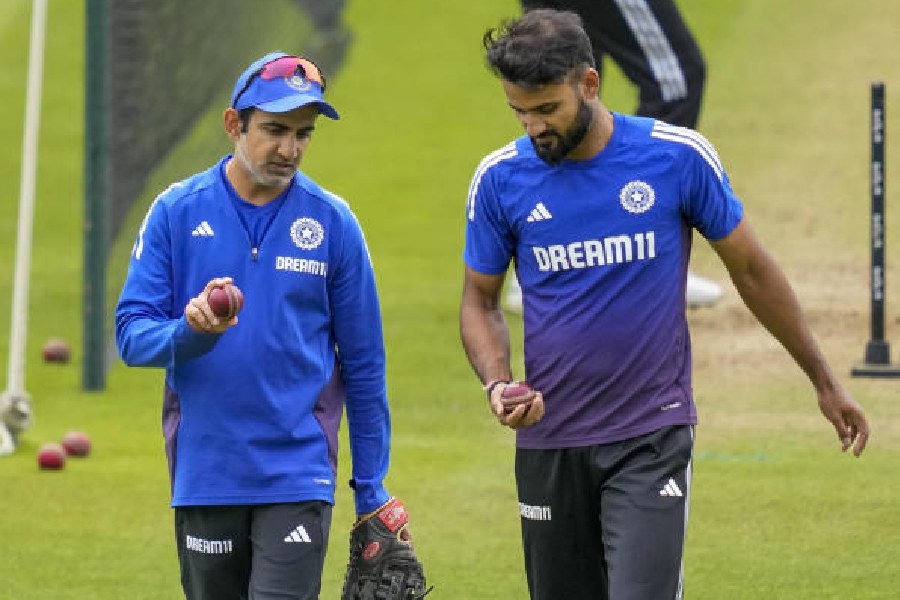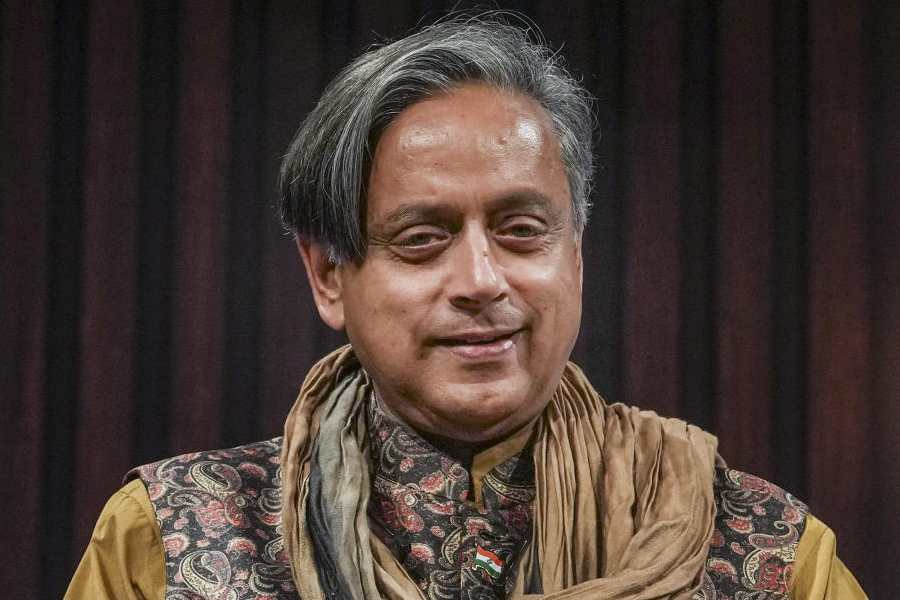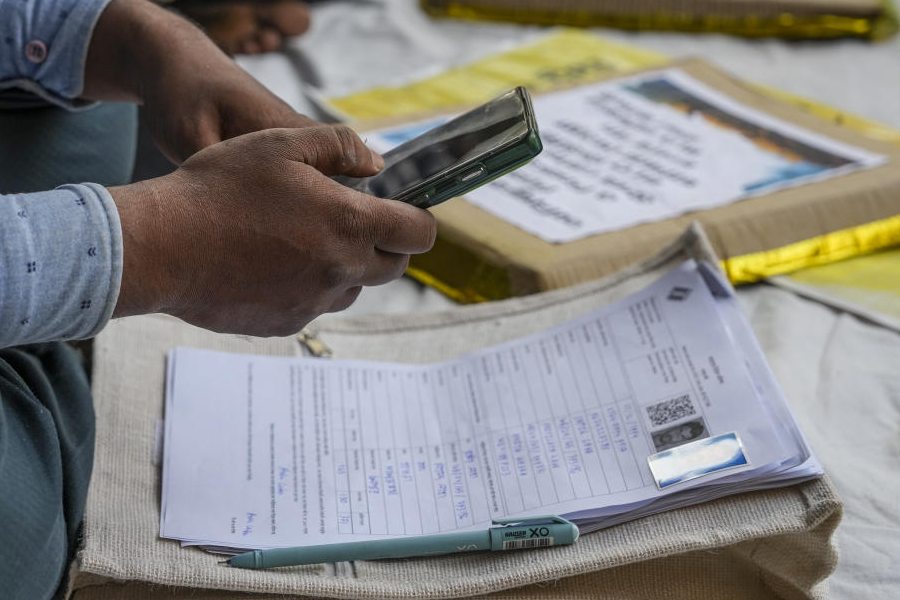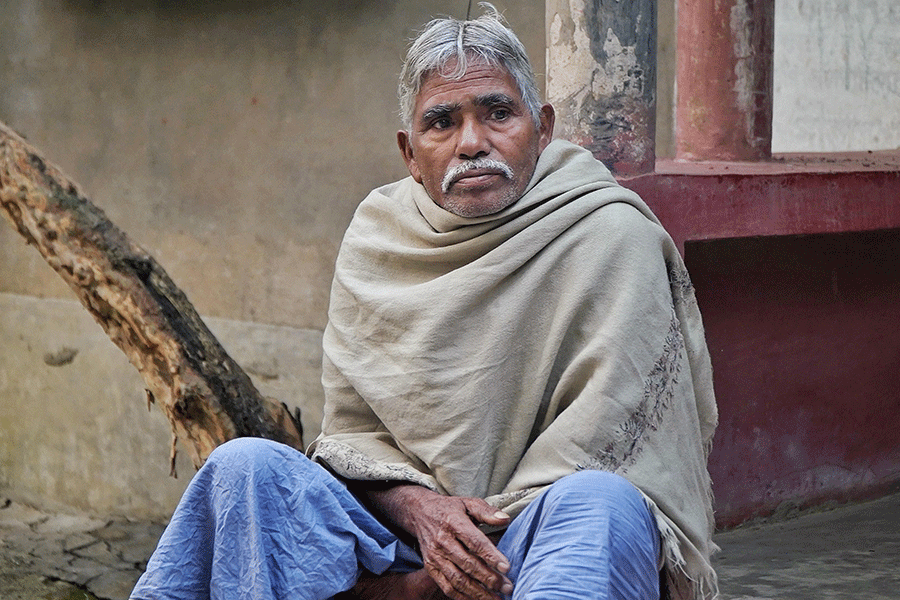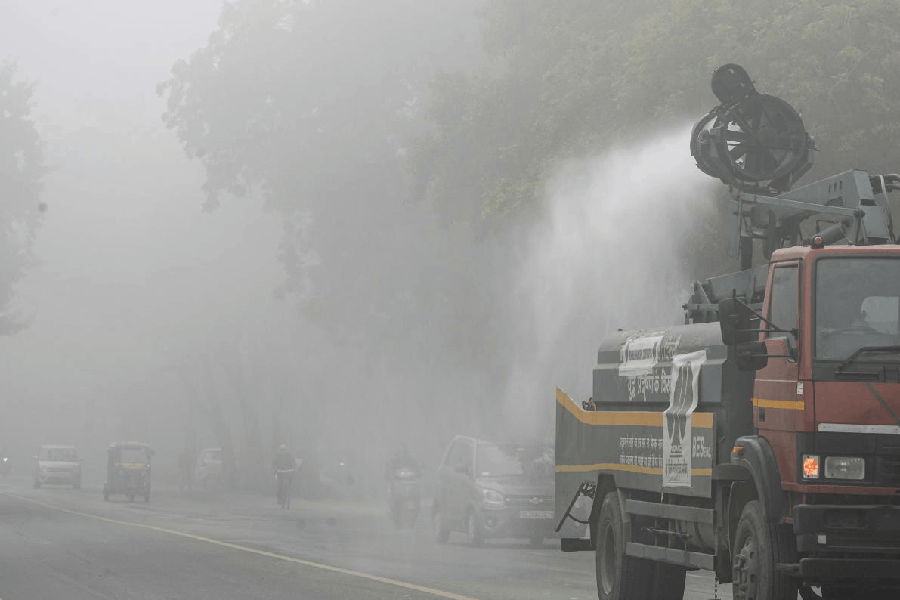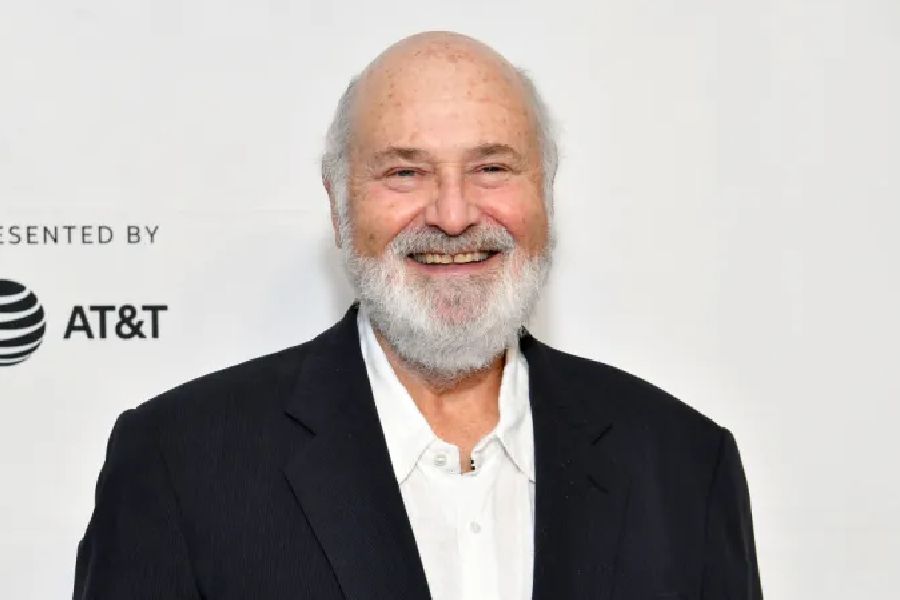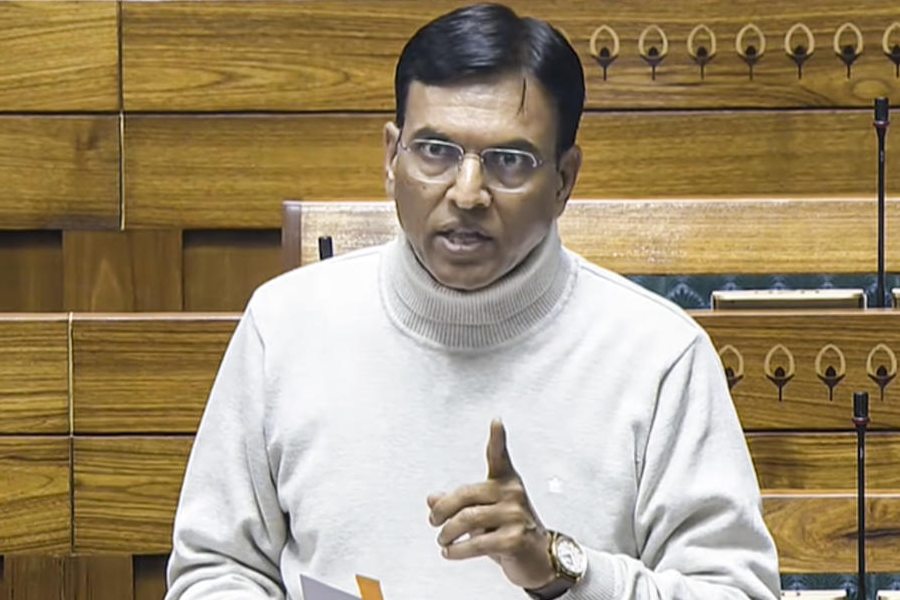India have become so conscious of the injury-prone Jasprit Bumrah’s workload management that their pace spearhead gets rested even when there’s more than a week’s break between two Tests.
But if analysed carefully, it’s not just Bumrah with whom the team management needs to be extra cautious. Quite a few other prominent names among the fast bowlers have also been laid low by injuries, some of which are recurring.
Akash Deep, who recovered from a back injury sustained before the Sydney Test against Australia in January, has been troubled again by it and missed the Manchester Test versus England. He’s, however, likely to return to the playing XI for the fifth and final Test at The Oval.
For the past one year, the likes of Deepak Chahar and Mayank Yadav have had to spend most of the time on their rehab, returning to action briefly during this year’s IPL. Young Mayank, in fact, is still undergoing rehab after surgery, while there’s no certainty yet about when Chahar could be back on the field. Chahar, however, was seen during Team India’s training session ahead of the third Test at Lord’s.
The question that comes to mind is why the quicks are so frequently sustaining injuries, particularly after spending a fair amount of time at the Centre of Excellence (CoE) in Bengaluru for rehab and recovery.
One can still understand senior pro Mohammed Shami’s case, as he’s already 34 and has been troubled by his hamstring on several occasions in the past. But the others like Akash, Chahar, Mayank, Avesh Khan and Umran Malik have age on their side, and to see them struggling in this manner is certainly quite perplexing.
“One of the things we need to find is what has happened over the last 10 years in the strength and conditioning (S&C) domain, and what they (S&C coaches and those working on fitness at the CoE) have brought to the table. What is the legacy they have left? These things (frequent injuries) are by-products of all those training protocols,” former India S&C coach Ramji Srinivasan, who worked with the team from 2009-13, told The Telegraph from Chennai on Tuesday.
“These things have happened over a long period of time because of the wrong training methodology, not specific to cricket and not skill-specific. Without laying a proper foundation in the fitness aspect, they are overloading the players with extremely high-intensity workouts.
“You need to build a foundation from the U-14 level onwards. The key components of foundation are balance, stability, aerobic fitness, base strength and flexibility, which are key to a player’s fitness that needs to be addressed from the U-14 and U-15 levels and processed over a period of time. The guys who were 14-15 years old 10 years ago are 25-26 now, so you have to go back and see where they went wrong then,” Ramji explained.
Elaborating on the situation Jammu and Kashmir’s Umran had faced, a BCCI insider said: “After Umran recovered from the hamstring injury, he was made to resume bowling. But later, one came to know he had a hip fracture, which derailed him again.”
These aspects do put the spotlight on the CoE physios and those working on fitness matters there. Given the current situation, the one who comes in as the next S&C coach at CoE may well have plenty on his table.
Measures
One way to minimise pacers’ injuries is strengthening the body part that aids their bowling action, emphasised former India quick Tinu Yohannan. “It’s essential to know which part of their bodies they need to strengthen.
“Training is very much individualistic. What suits Bumrah may not suit Akash Deep,” Yohannan, currently fast bowling coach at the MRF Pace Academy in Chennai, stated.
“Diligence is required also when the pacers lift weights. Lifting heavy or light weights should be determined by the season. You can’t keep lifting one type in all seasons.”

